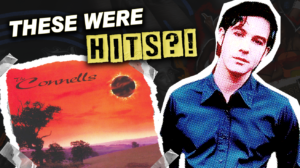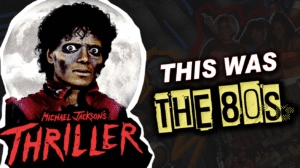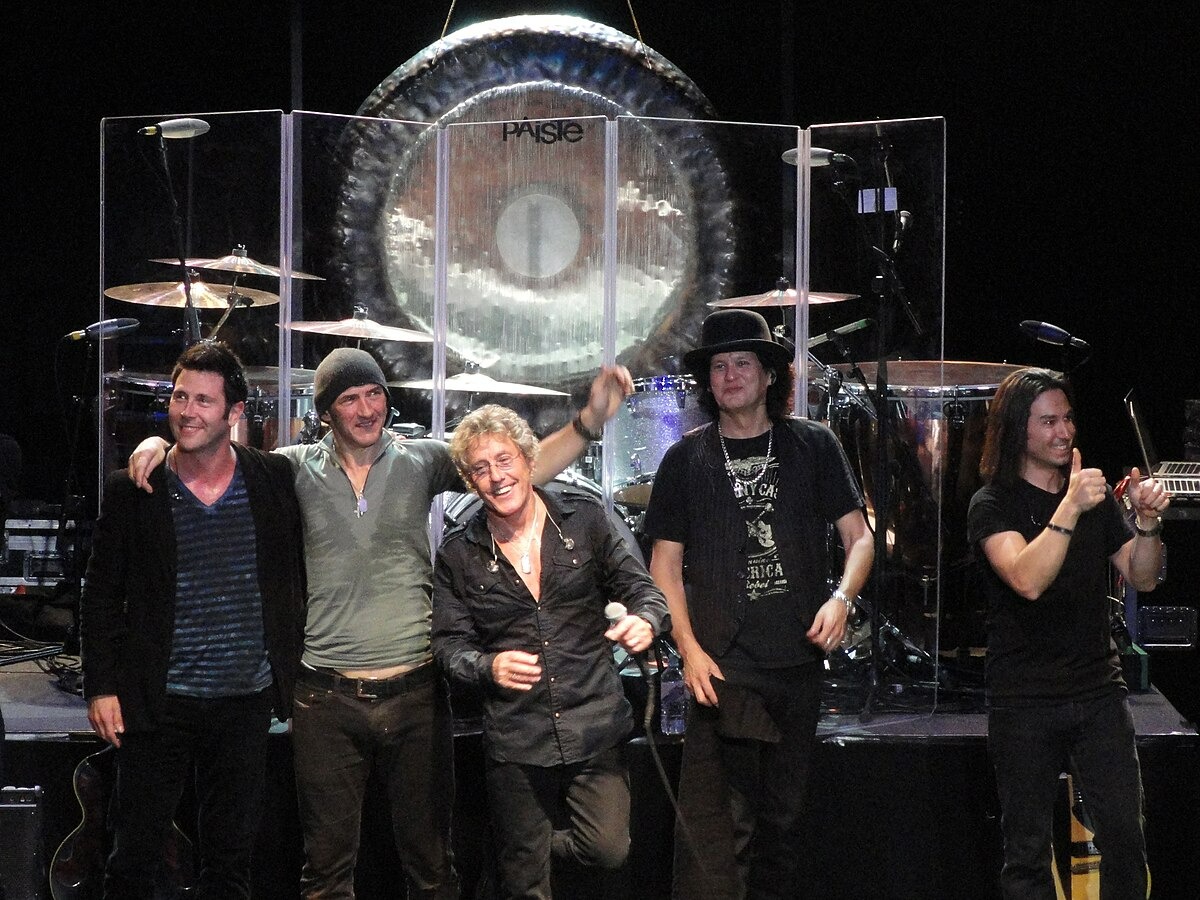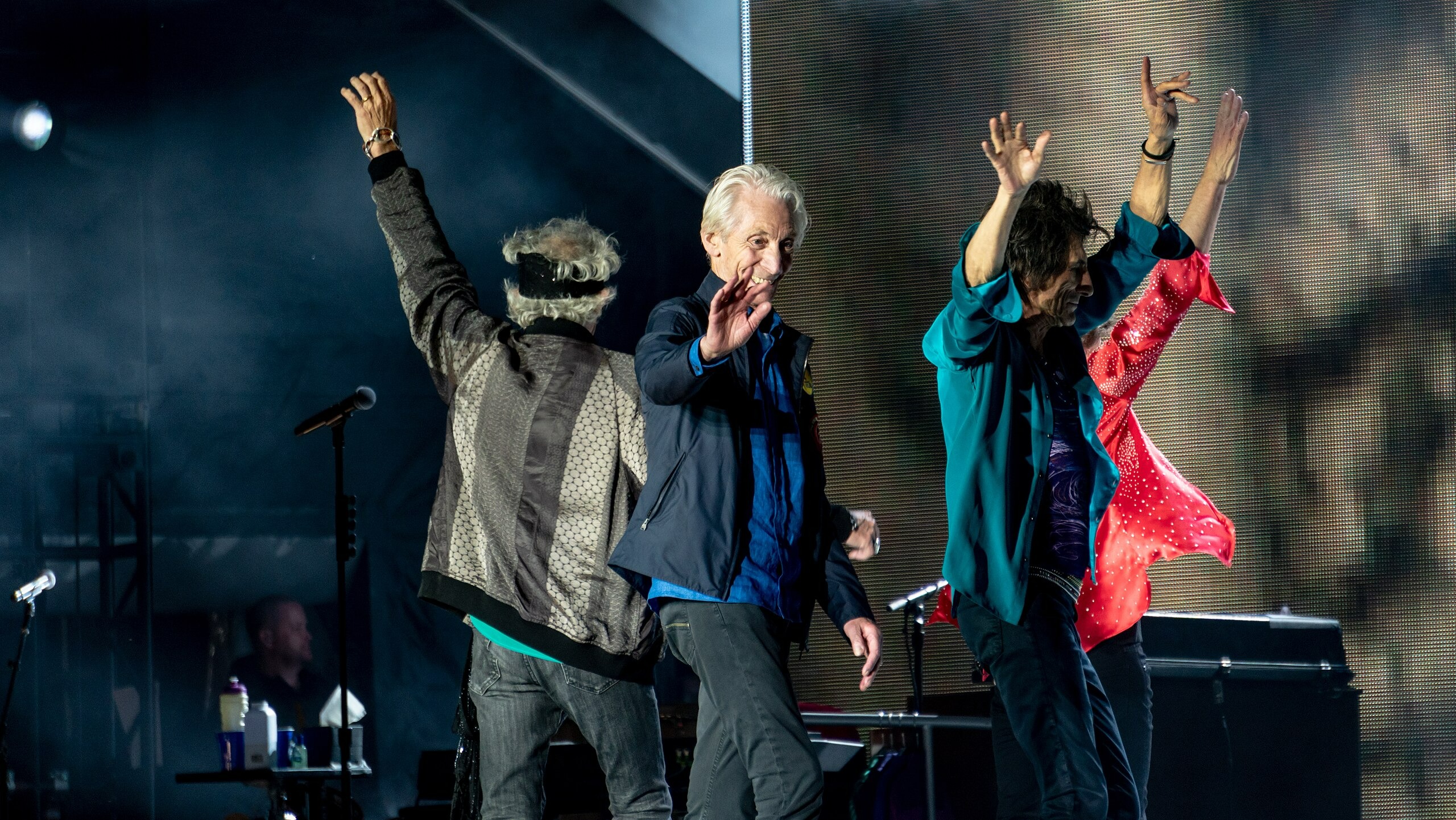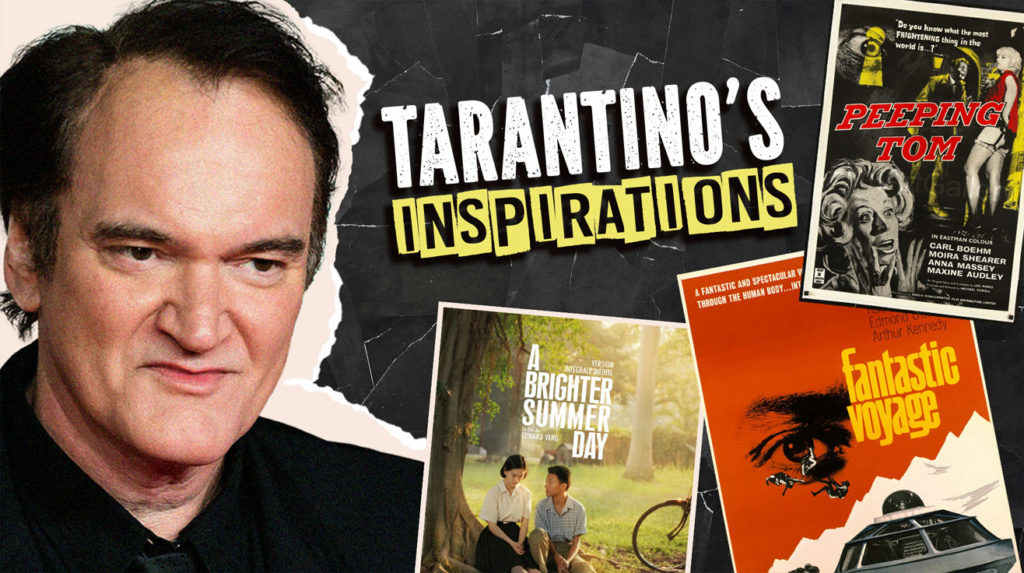
These groundbreaking movies shocked audiences, challenged conventions, and influenced generations of filmmakers—yet somehow remain criminally underappreciated. From southern gore to psychological thrillers, these cult classics deserve their place in the spotlight.
20. Peeping Tom (1960): The Film That Killed A Career
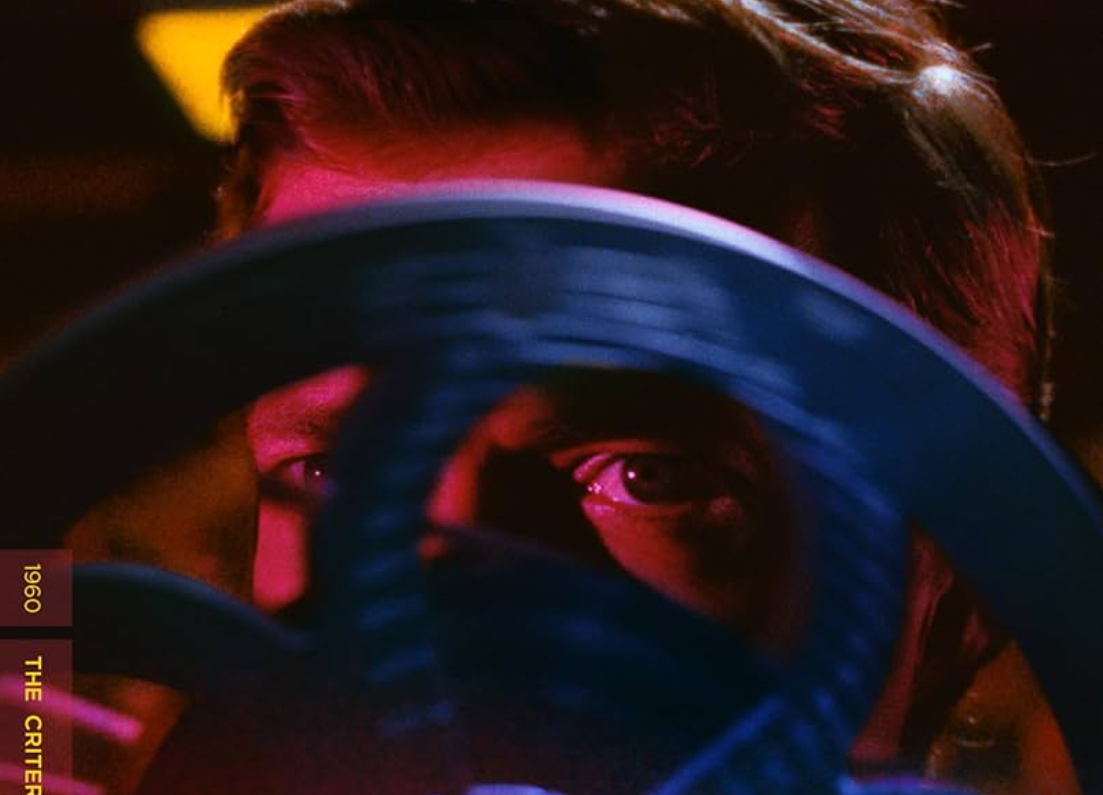
Michael Powell directed this groundbreaking psychological thriller starring Carl Boehm as a filmmaker-murderer. The film’s voyeuristic perspective shocked 1960s audiences by forcing them to view horror from the killer’s point of view.
The controversial blend of voyeurism, horror, and eroticism was so ahead of its time that it derailed Powell’s career. Now recognized as a landmark work, it influenced generations of filmmakers and remains a powerful, unsettling experience still studied in film schools worldwide. Michael Powell’s “Peeping Tom” shocked 1960s audiences with its controversial blend of voyeurism and horror, essentially ruining his career. Like many forgotten bands from this era, this groundbreaking film was initially rejected only to be rediscovered and appreciated by later generations.
19. Le Trou (The Hole) (1960): Escape Plan Masterpiece
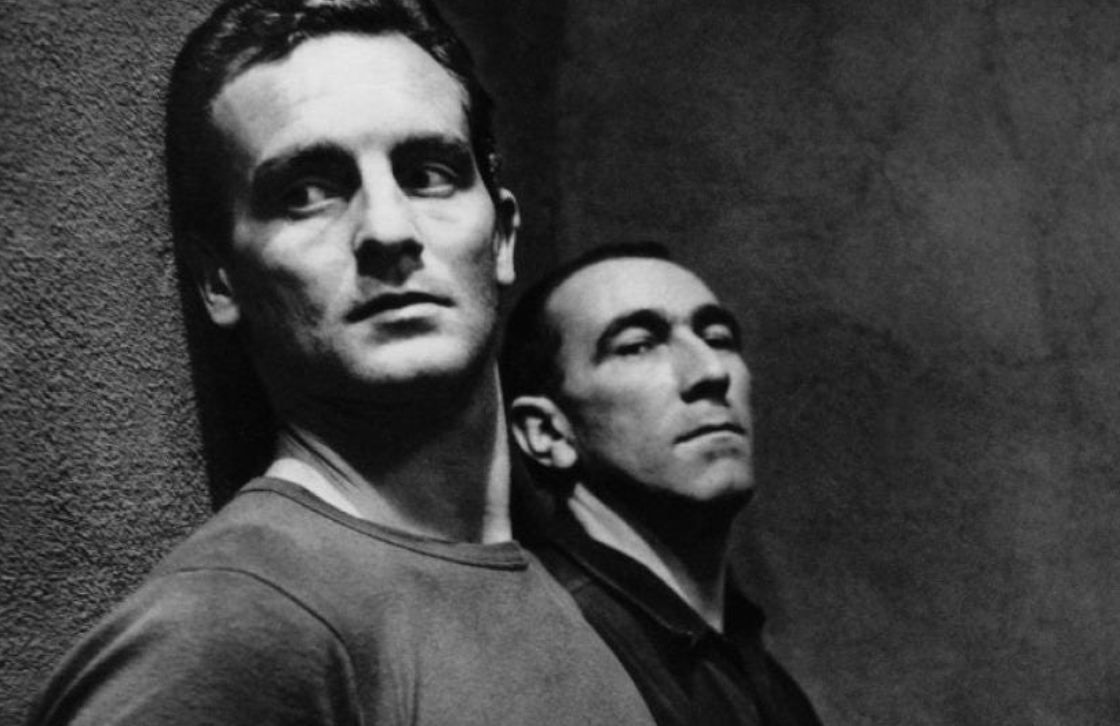
Jacques Becker’s tense prison drama follows four inmates planning their escape from a confined cell. Based on a true story, this nearly wordless film creates unbearable tension through its minimalist style and meticulous attention to detail.
The director traps the audience in the cell with the prisoners, fostering suspicion and desperation. This film questions trust in extreme circumstances and delivers unrelenting suspense that will draw viewers in completely from beginning to end.
18. Blast of Silence (1961): Hitman’s Holiday Blues
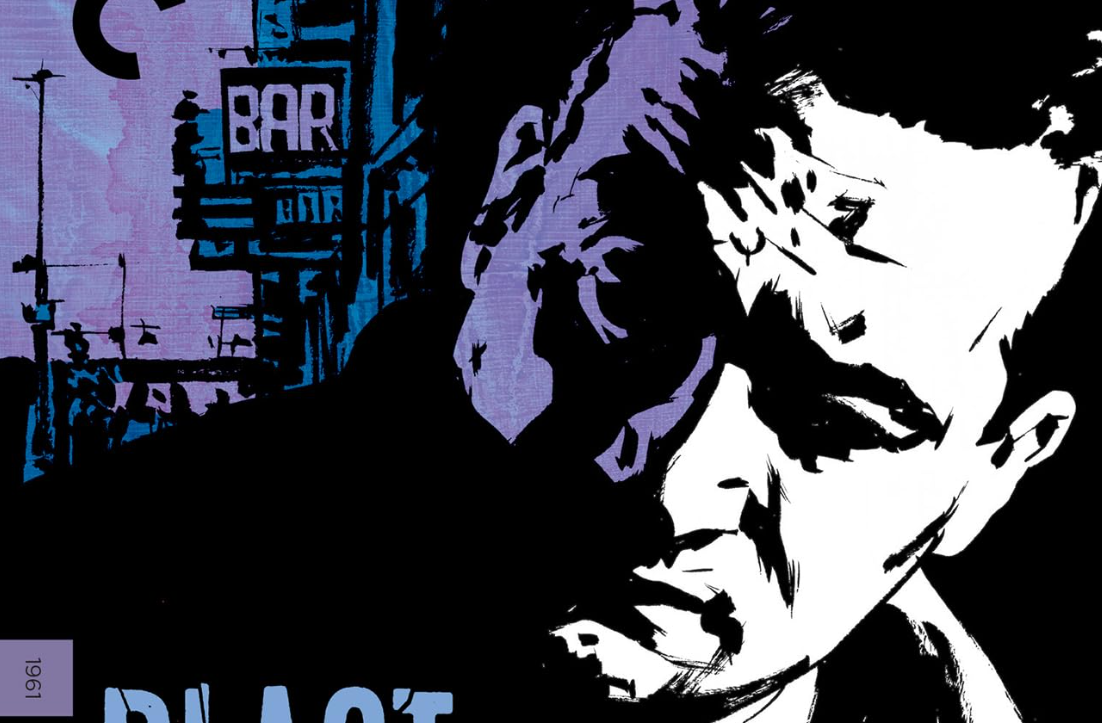
Allen Baron directed and starred in this gritty noir about a hitman navigating a difficult job during the Christmas season. Shot on a minimal budget, the film’s intimate perspective comes from its diary-style voiceover and moody urban atmosphere.
The jazzy score creates a haunting backdrop for Frankie Bono’s moral struggles. Blast of Silence demonstrates the power of independent filmmaking through its raw style and psychological depth, offering a uniquely noir holiday experience.
17. The Servant (1963): Class Warfare Behind Closed Doors
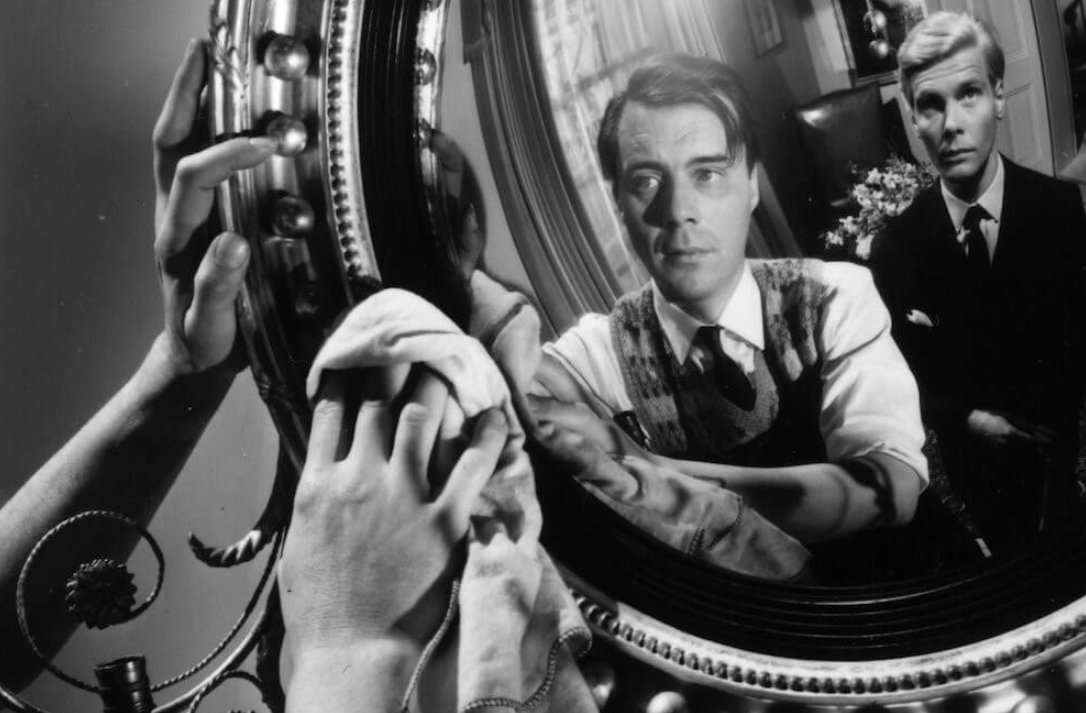
Joseph Losey directed this psychological thriller about power dynamics, featuring sharp dialogue penned by Harold Pinter. Dirk Bogarde delivers a mesmerizing performance as a servant who systematically erodes his employer’s reality.
The film turns an elegant home into a psychological battleground where pawns outsmart kings. With over 70% of viewers praising its deep themes, The Servant tests assumptions about power while revealing the darkness lurking beneath societal structures.
16. 2,000 Maniacs! (1964): The Birth of Southern Gore
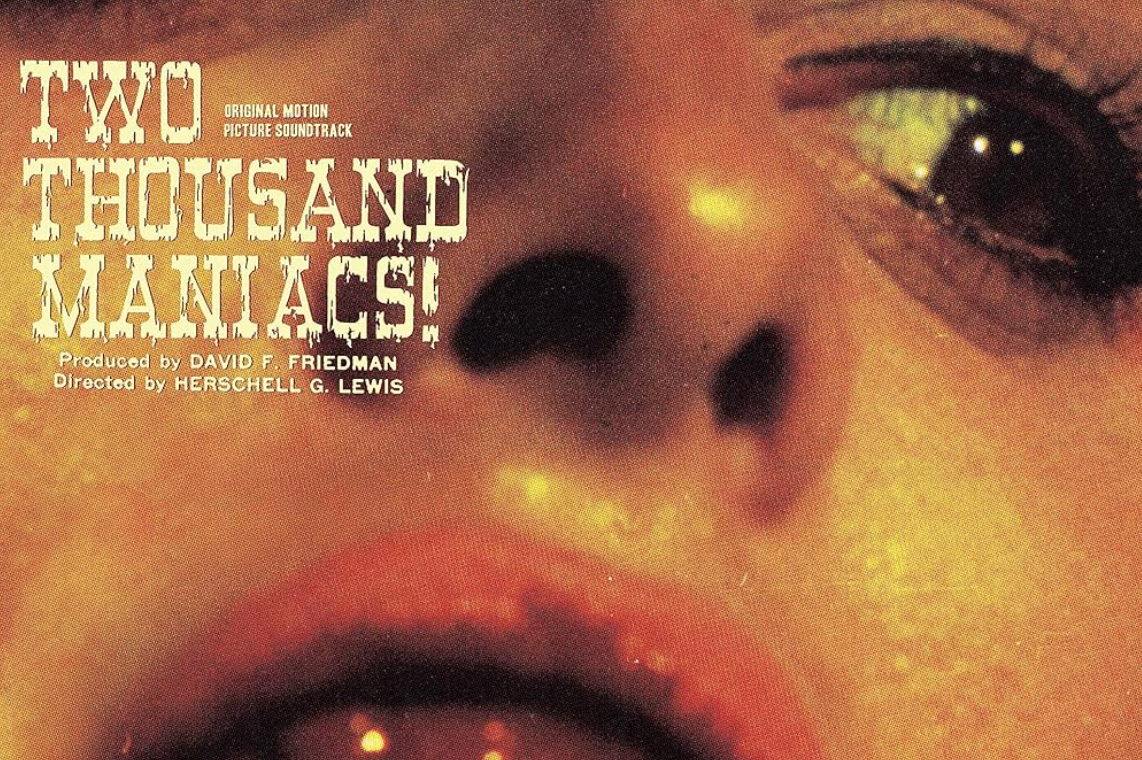
Herschell Gordon Lewis, the “Godfather of Gore,” revolutionized horror with this shocking film that introduced southern gore to cinema. Shot in St. Cloud, Florida with town residents as actors, this approach cleverly solved the problem of expensive studio sets.
Despite its low budget, the film redefined on-screen violence and directly influenced later classics like The Texas Chainsaw Massacre and The Hills Have Eyes. Its controversial nature created an entirely new horror subgenre that forever changed cinema norms.
15. Fail-Safe (1964): Doomsday Without Comedy
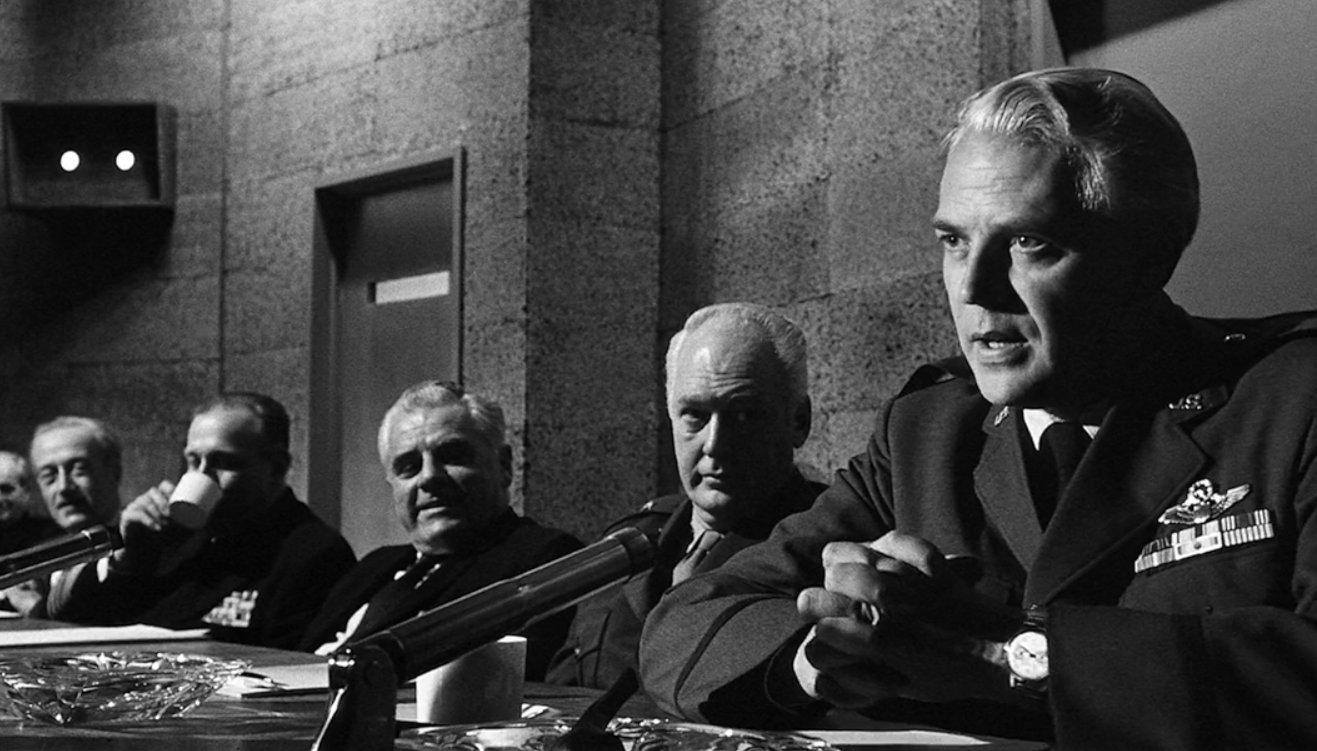
Sydney Lumet directed this tense political thriller featuring a realistic nuclear crisis scenario. Unlike Dr. Strangelove’s satirical approach, Fail-Safe presents the horrifying prospect of US bombers mistakenly ordered to nuke Moscow with deadly seriousness.
The film’s black-and-white cinematography creates overwhelming dread while Henry Fonda gives a commanding performance. This gripping thriller speaks powerfully about the dangers of technological reliance and remains relevant in our digitally-dependent world.
14. Onibaba (1964): Primal Horror From Medieval Japan
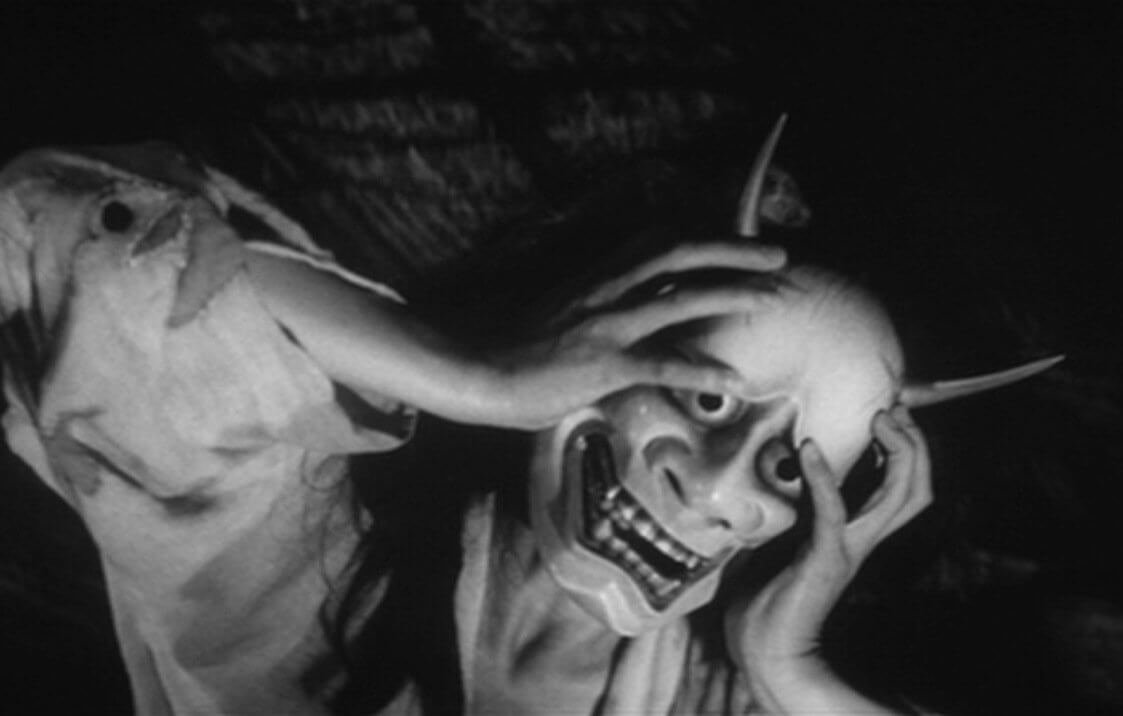
Kaneto Shindo’s atmospheric horror film portrays two women who murder samurai for survival in medieval Japan. The story takes a sinister turn when a demonic mask introduces supernatural elements to their brutal existence.
The hypnotic direction creates an environment where shadows dance like spirits. Folklore blends with eroticism and psychological horror to test human nature’s dark sides. This haunting exploration offers a transfixing experience that continues to influence horror filmmakers today.
13. Fantastic Voyage (1966): The Inner Space Adventure
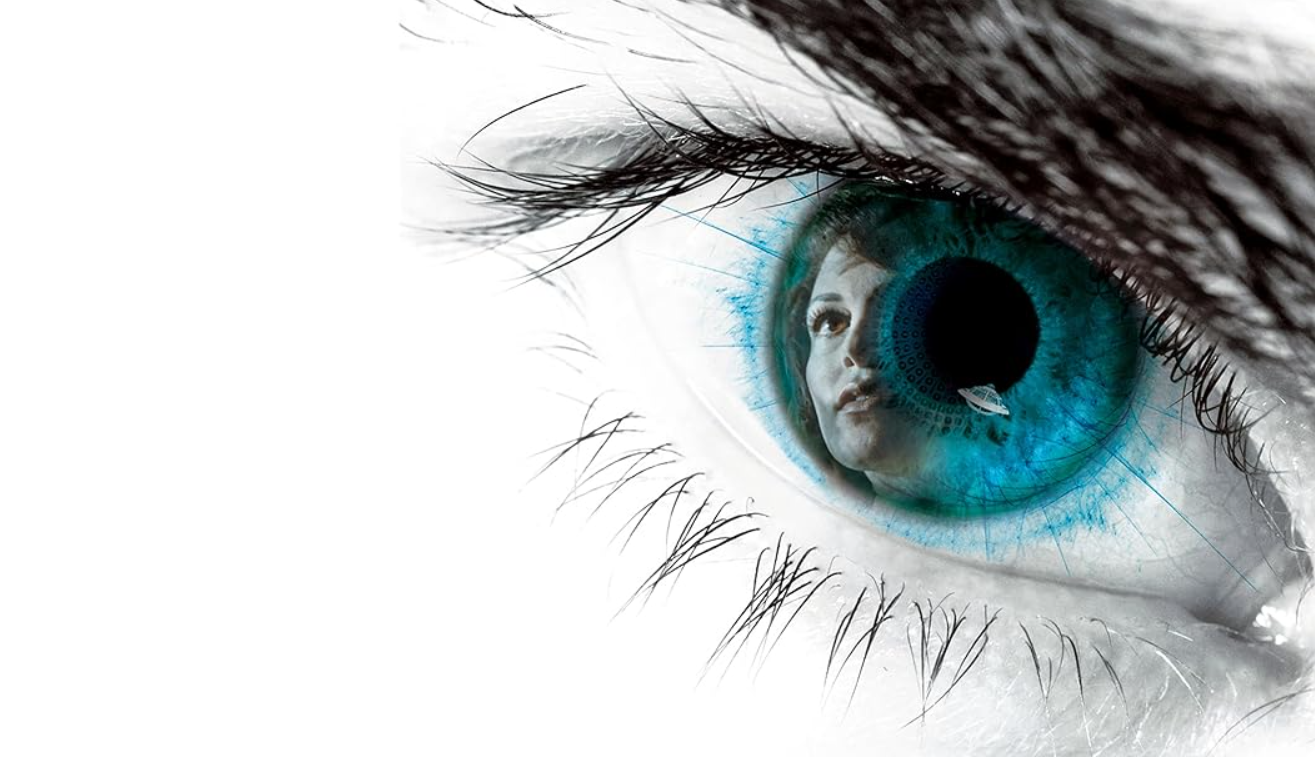
This Academy Award-winning sci-fi classic follows scientists shrunk to microscopic size to perform surgery inside a human body. Its progressive visuals and groundbreaking special effects thrilled 1966 audiences and influenced generations of filmmakers.
The film’s enduring legacy is evident in the numerous attempts by directors like James Cameron, Roland Emmerich, and Guillermo del Toro to remake it. Though its effects may now seem dated, they were revolutionary for their time.
12. The Big Gundown (1966): Western Gold Beyond Leone
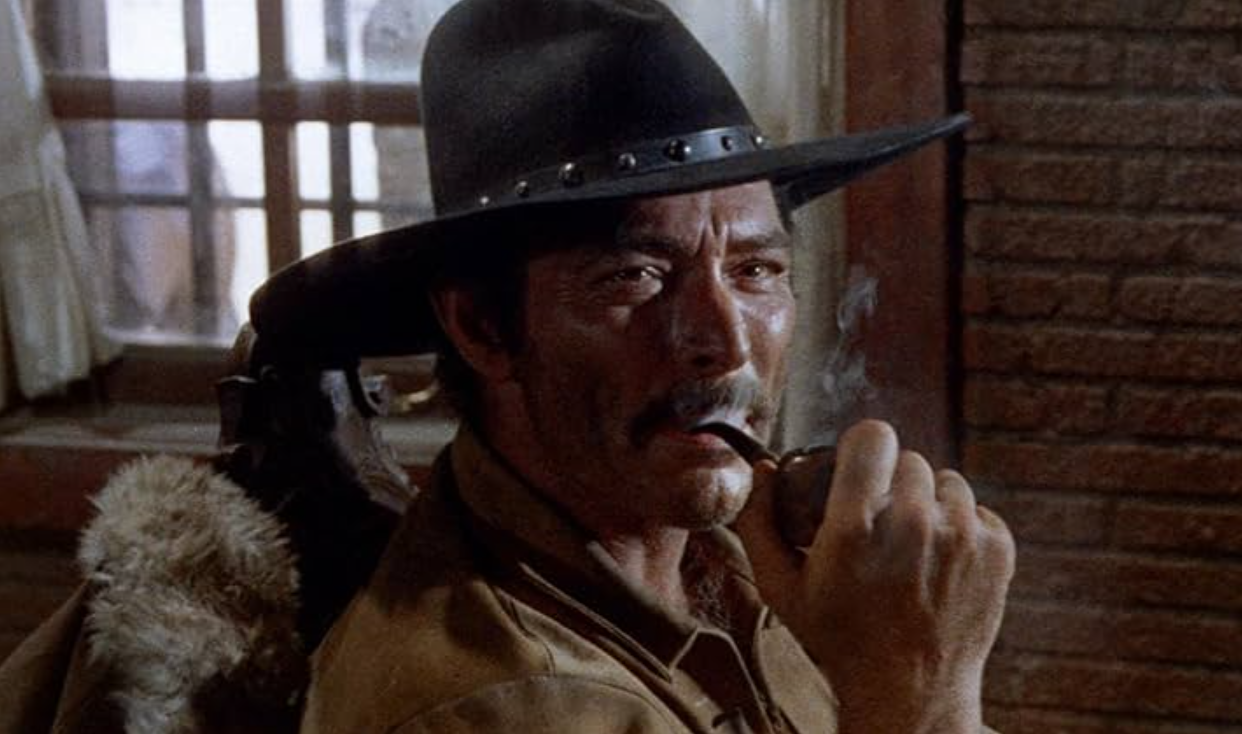
Directed by Sergio Sollima, this spaghetti western stars Lee Van Cleef and Tomas Milian in a compelling cat-and-mouse narrative. Ennio Morricone’s score brilliantly amplifies the tension, making every scene more impactful.
Milian’s despicable behavior contrasts with Van Cleef’s determination, creating an on-screen chemistry that makes The Big Gundown special. Music experts agree that Morricone’s scores elevate films to legendary status, and this gripping entertainment proves the point.
11. The Face of Another (1966): Identity Crisis Cinema
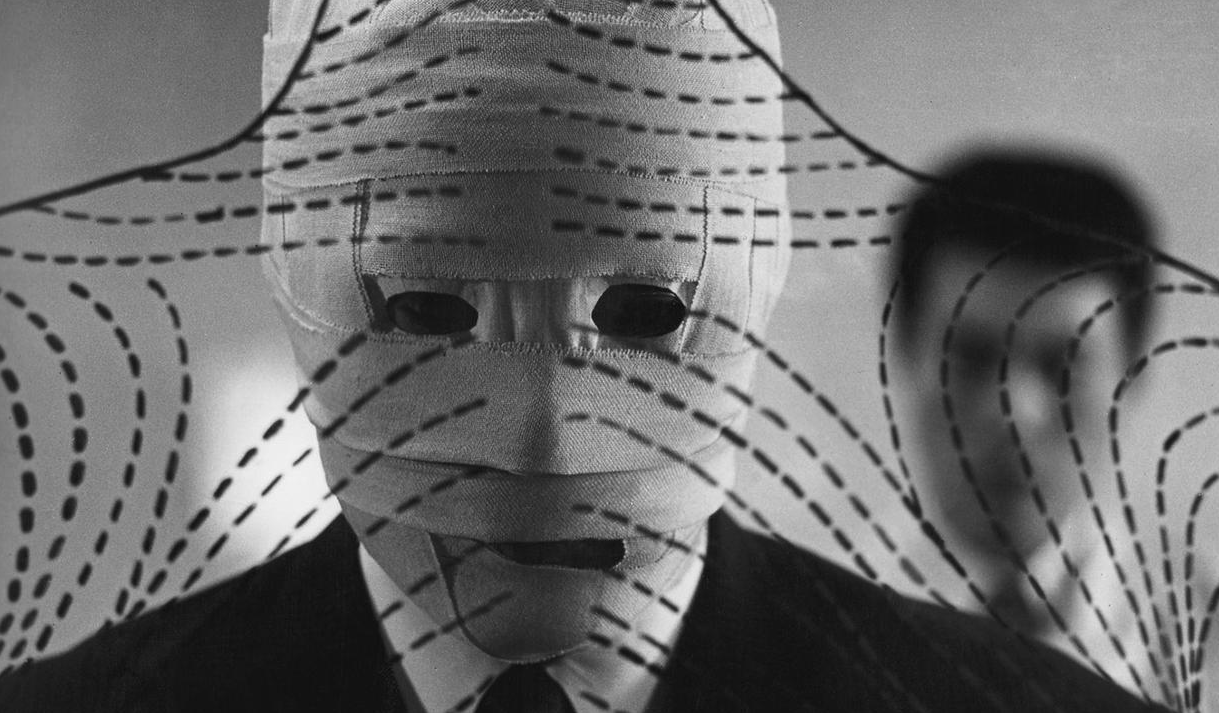
Hiroshi Teshigahara directed this exploration of identity loss through masks. A businessman receives a lifelike mask granting him anonymity, but the false face gradually erodes his true self in this visually stunning psychological drama.
Over 70% of viewers find this film thought-provoking as it explores alienation and moral decay. The Face of Another asks profound questions about authenticity and the search for meaning, challenging conventional ideas about identity.
10. Point Blank (1967): The Neo-Noir Game-Changer
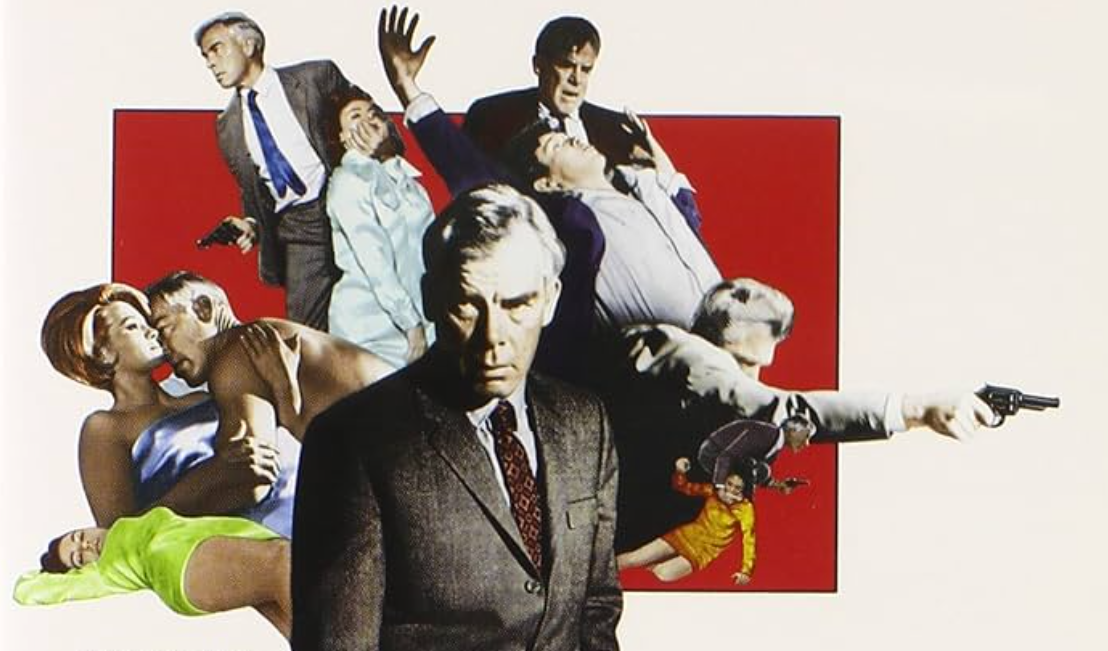
Lee Marvin embodies the ruthless quest for payback in this vengeance story based on Donald E. Westlake’s The Hunter. Unlike standard crime dramas, Point Blank brilliantly blends Film Noir with French New Wave styles.
The broken timeline disorients viewers, mirroring the fractured state of mind of the protagonist. This stylistic choice sets it apart from contemporaries and continues to influence modern action films like Soderbergh’s The Limey and Helgeland’s Payback.
9. Petulia (1968): The Counterculture Kaleidoscope
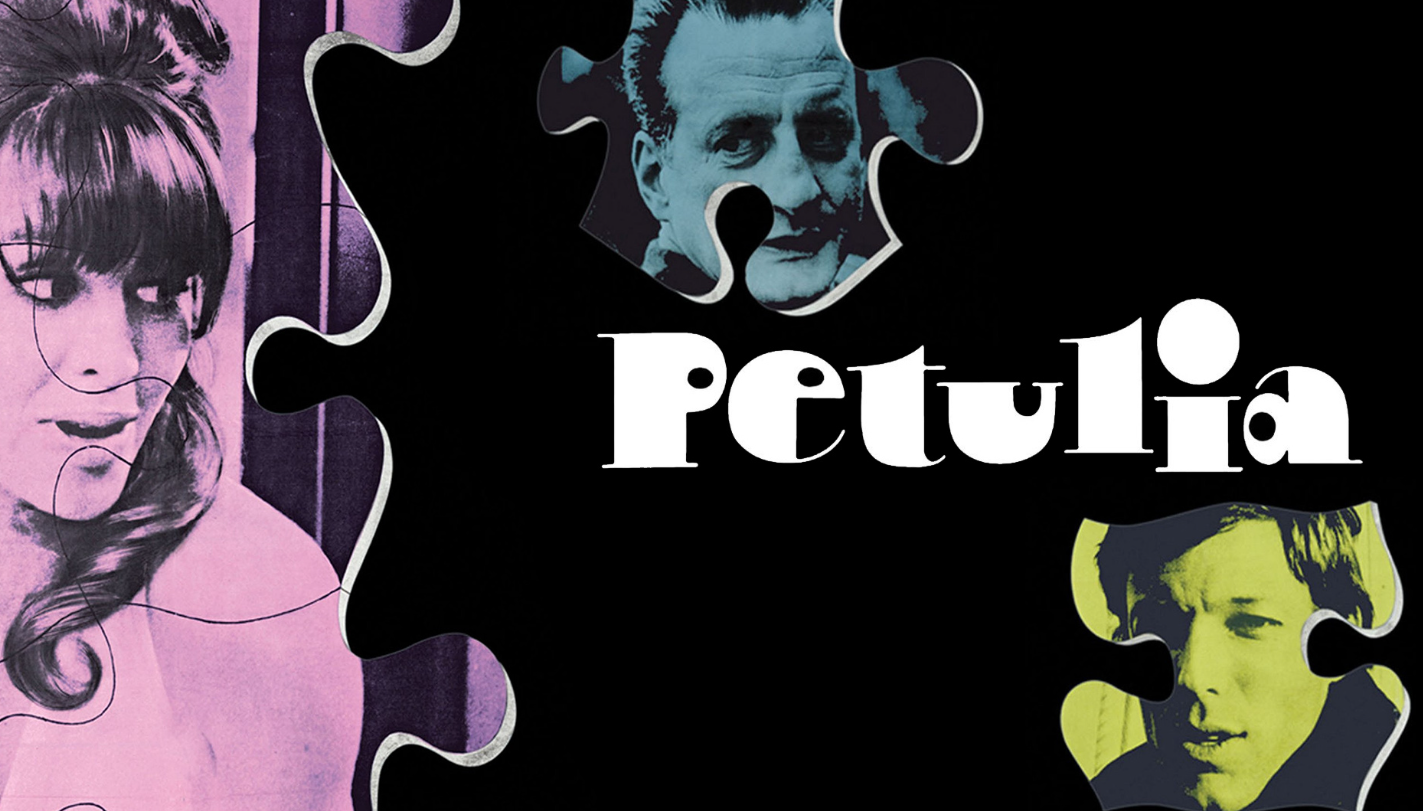
Richard Lester’s story about the hippie era during the Summer of Love stars Julie Christie and George C. Scott in a uniquely structured narrative. Unlike most films of the era, Petulia starts in the middle then pieces itself together like Memento.
Roger Ebert gave it four stars while noting it made him “desperately unhappy.” This experimental film challenges viewers with its complex emotional experience and fractured timeline, serving as an excellent example of counterculture filmmaking. These groundbreaking movies shocked audiences and challenged conventions during a decade of immense cultural change. While many things from the 60s have faded from memory, these cult classics deserve their rightful place in film history despite being criminally underappreciated.
8. Pretty Poison (1968): Beauty With a Deadly Sting
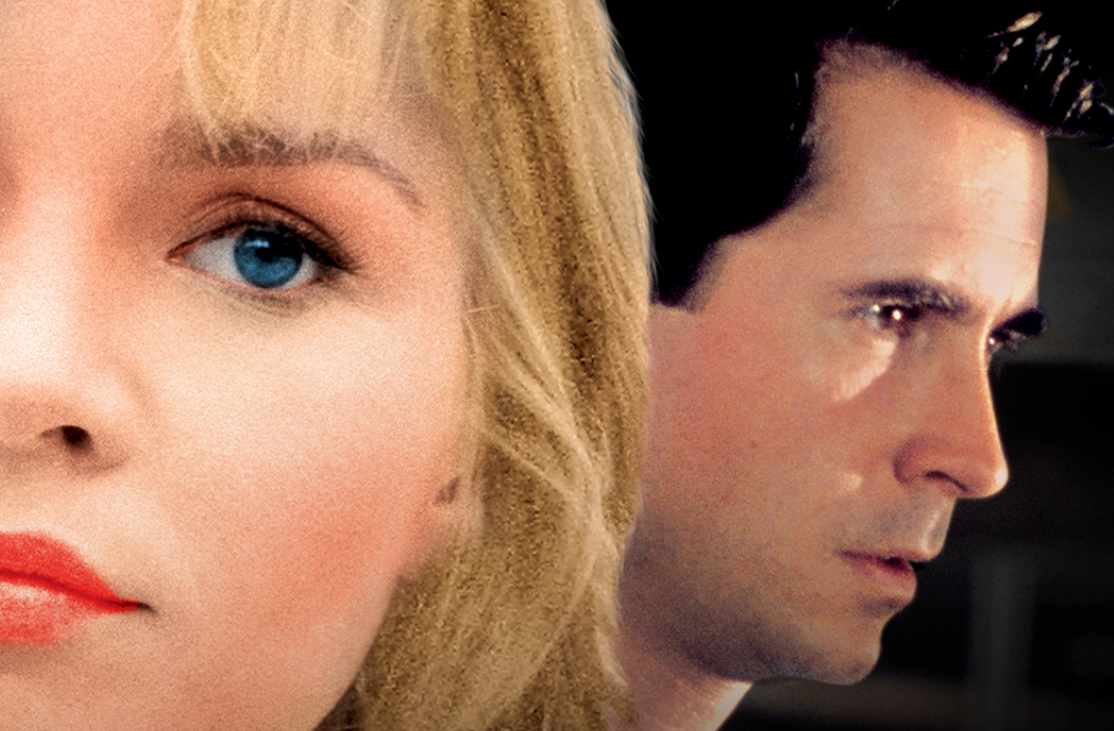
Anthony Perkins plays an arsonist who meets Tuesday Weld’s seemingly innocent young woman, but this surface plot hides disturbing depths. Their twisted romance forms the film’s core as Perkins’ character is shocked by his partner’s criminal nature.
Despite extreme tension between the stars during filming, critics loved this dark comedy that unnerves and fascinates. The descent into moral ambiguity remains haunting decades later, proving that in Pretty Poison, innocence can be genuinely deadly.
7. Targets (1968): When Old Horror Meets New Terror
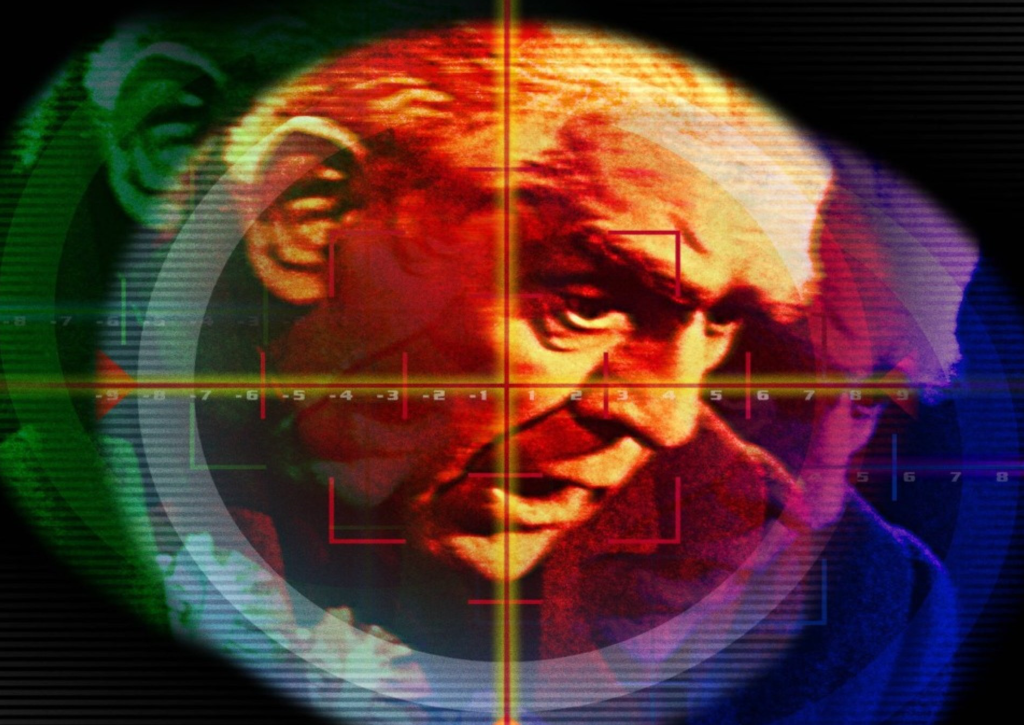
Peter Bogdanovich’s directorial debut brilliantly splices two contrasting realities into one disturbing whole. Boris Karloff plays essentially himself while Tim O’Kelly portrays a modern mass shooter—a premise suggesting real life had become scarier than movies.
Targets was one of the first films to depict mass shootings, which were uncommon in the 1960s. This bold concept creates an incredibly riveting plot with unsettling themes that remain relevant today, making it essential viewing for serious film fans.
6. The Swimmer (1968): Poolside Existential Crisis
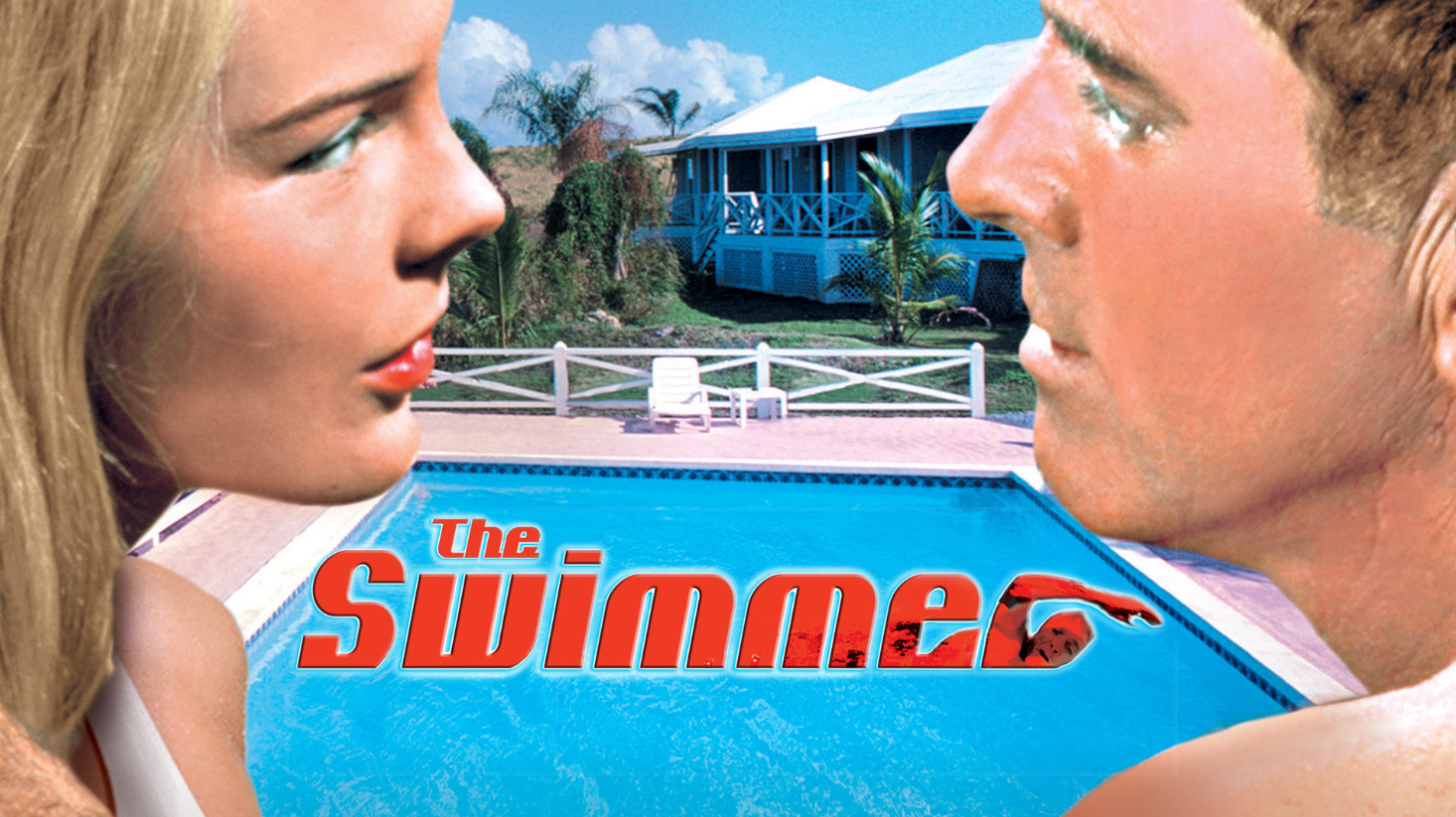
Frank Perry directed Burt Lancaster in this surreal journey of a man who decides to “swim home” through his neighbors’ suburban pools. This unusual premise serves as a powerful metaphor for existential crisis and personal disintegration.
The sun-drenched visuals cleverly mask Ned’s growing despair as he confronts his past and failures. The Swimmer delivers a dreamlike critique of the American Dream, reminding viewers that beauty often hides profound disillusionment beneath the surface.
5. Twisted Nerve (1968): The Controversial Thriller
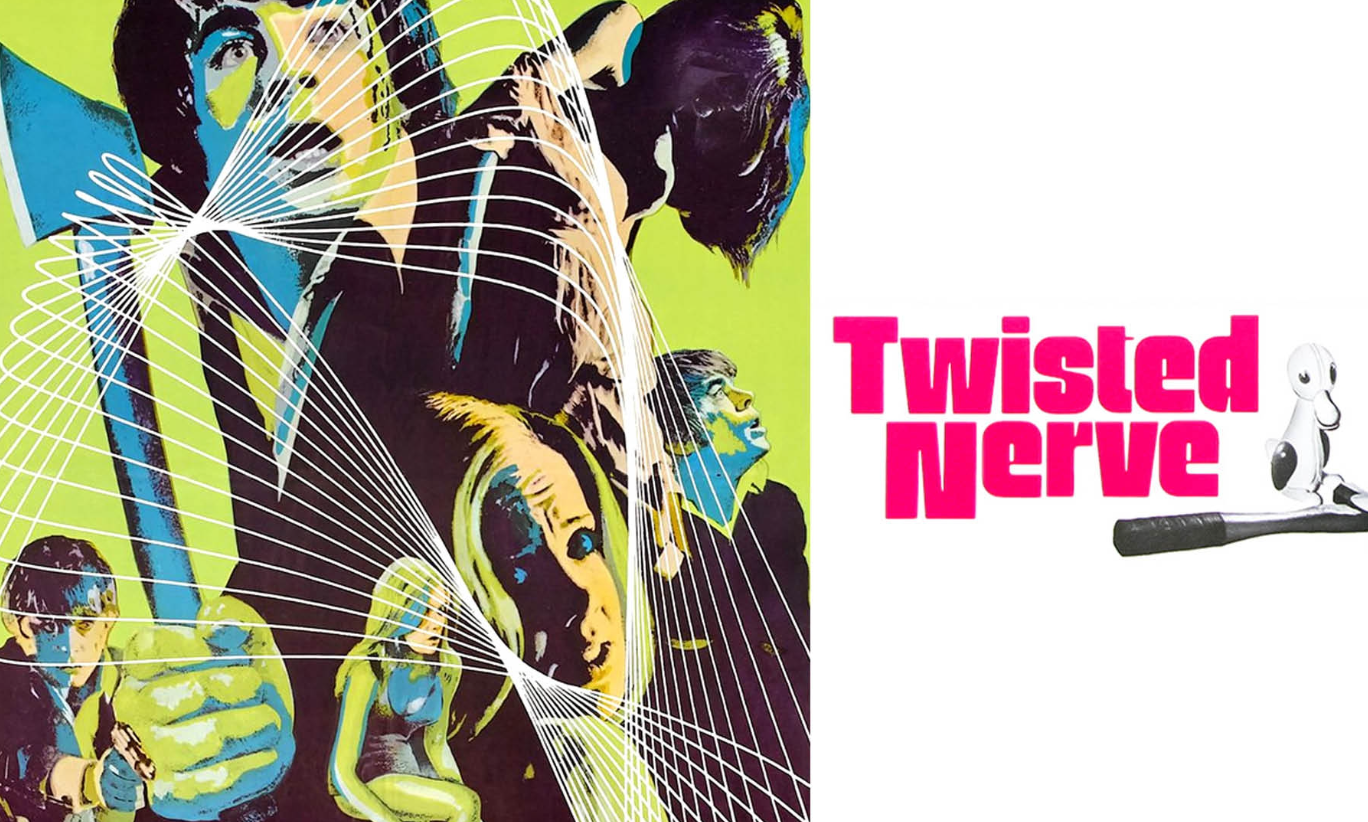
This deeply unsettling film follows a young man who feigns mental impairment to gain sympathy from a young woman. The premise anticipated later slasher films and sparked controversy with its portrayal of intellectual disability.
Bernard Herrmann’s haunting score later appeared in Tarantino’s Kill Bill, highlighting its enduring quality. Despite controversy, Twisted Nerve’s themes of deception continue to resonate and shape psychological thriller tropes to this day.
4. The Cremator (1969): Macabre Comedy Meets Political Horror
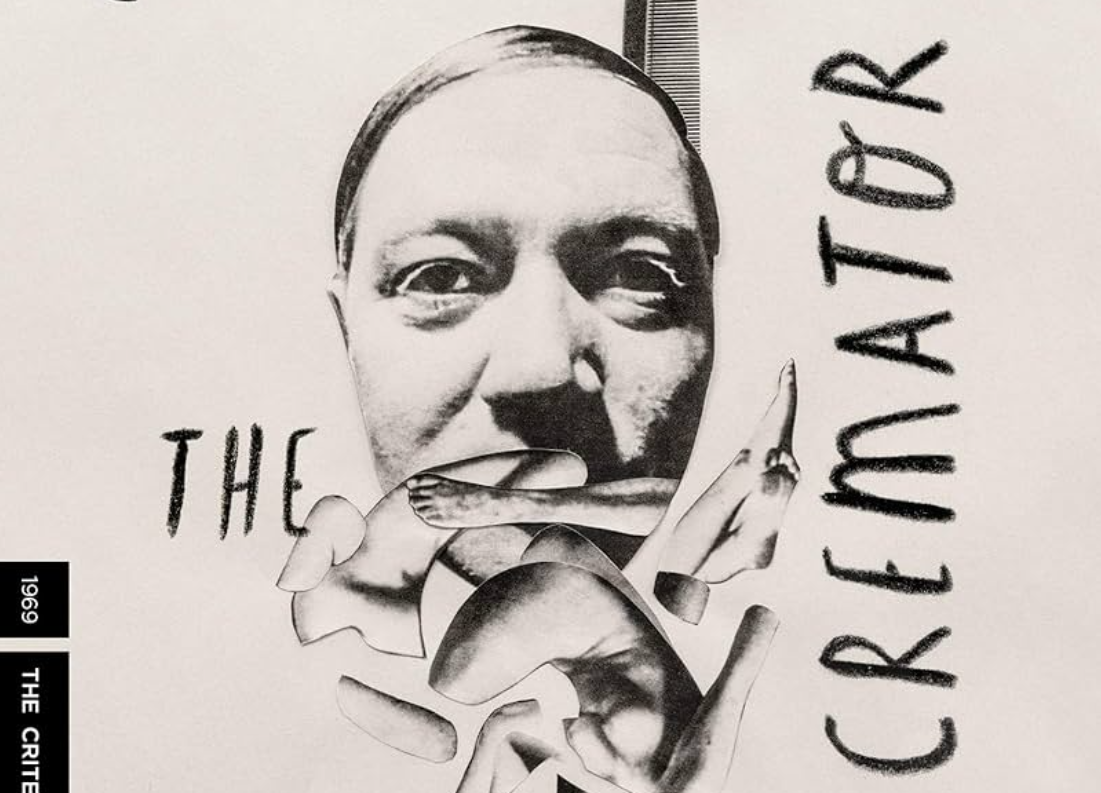
Juraj Herz’s darkly comedic horror follows a funeral director’s disturbing obsession with death. The film brilliantly blends macabre humor with pointed commentary on fascism and totalitarianism through eerie visuals and unsettling tone shifts.
Rudolf Hrušínský delivers an iconic performance that makes audiences question their own sanity. This Kafkaesque nightmare intertwines absurdist humor with genuine horror, creating a viewing experience not for the squeamish but essential for cinephiles.
3. The Honeymoon Killers (1970): Ugly Crime, Beautiful Film
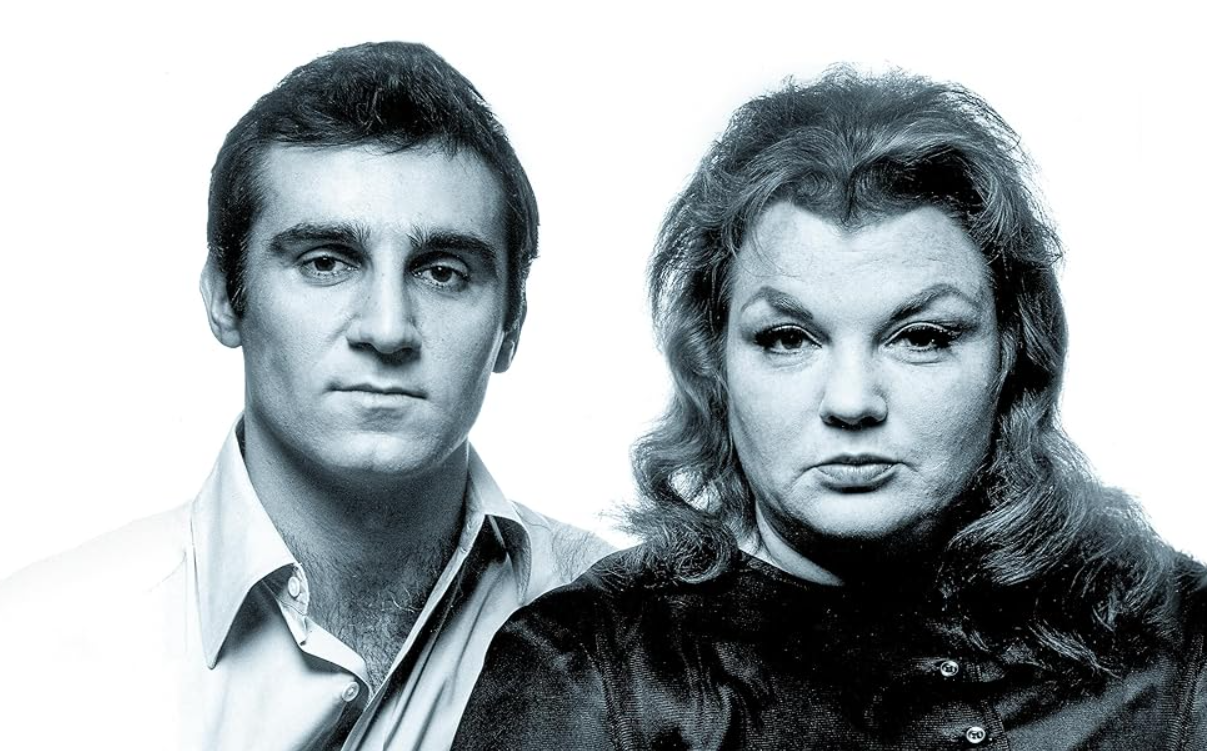
Unlike glamorous Hollywood crime stories, The Honeymoon Killers presents the harsh reality of the infamous “Lonely Hearts Killers.” Leonard Kastle wrote and directed this stark, documentary-style film—his only cinematic work.
The film features unconventional casting choices that defy Hollywood norms. Tony Lanza wears a wig and Shirley Stoler’s character is obese, reflecting the film’s commitment to showing crime’s disgusting nature rather than its glamorized portrayal.
2. Wanda (1970): The Woman Adrift
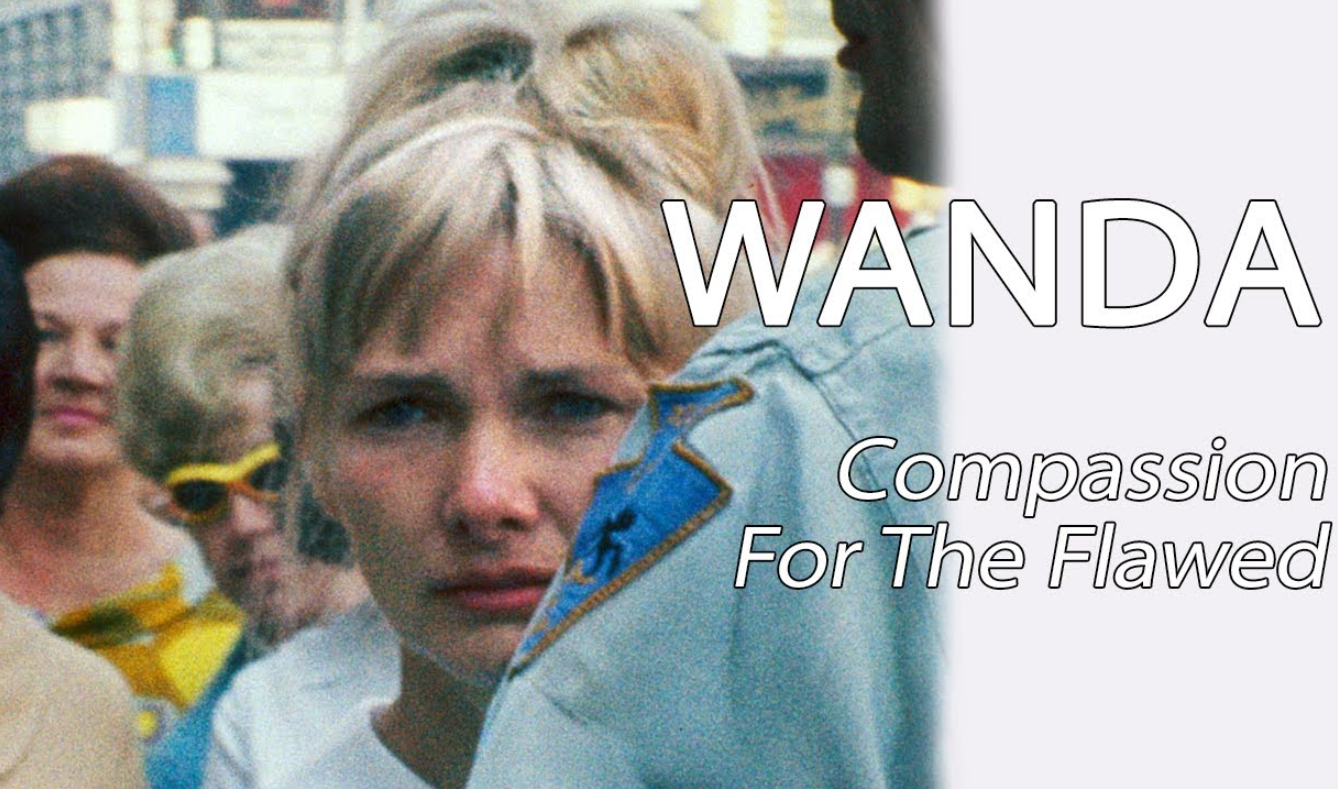
Barbara Loden directed, wrote, and starred in this raw portrayal of a woman drifting through rural America. The film contrasts sharply with mainstream narratives through its unflinching study of a character lacking direction and sense of self.
Wanda’s raw realism marks it as a pioneering work that challenges viewers with questions about gender and economic hardship. Film collectors worldwide remember its gritty style which makes it a significant work exploring human existence and societal neglect.
1. A Brighter Summer Day (1991): The Epic Coming-of-Age Tale
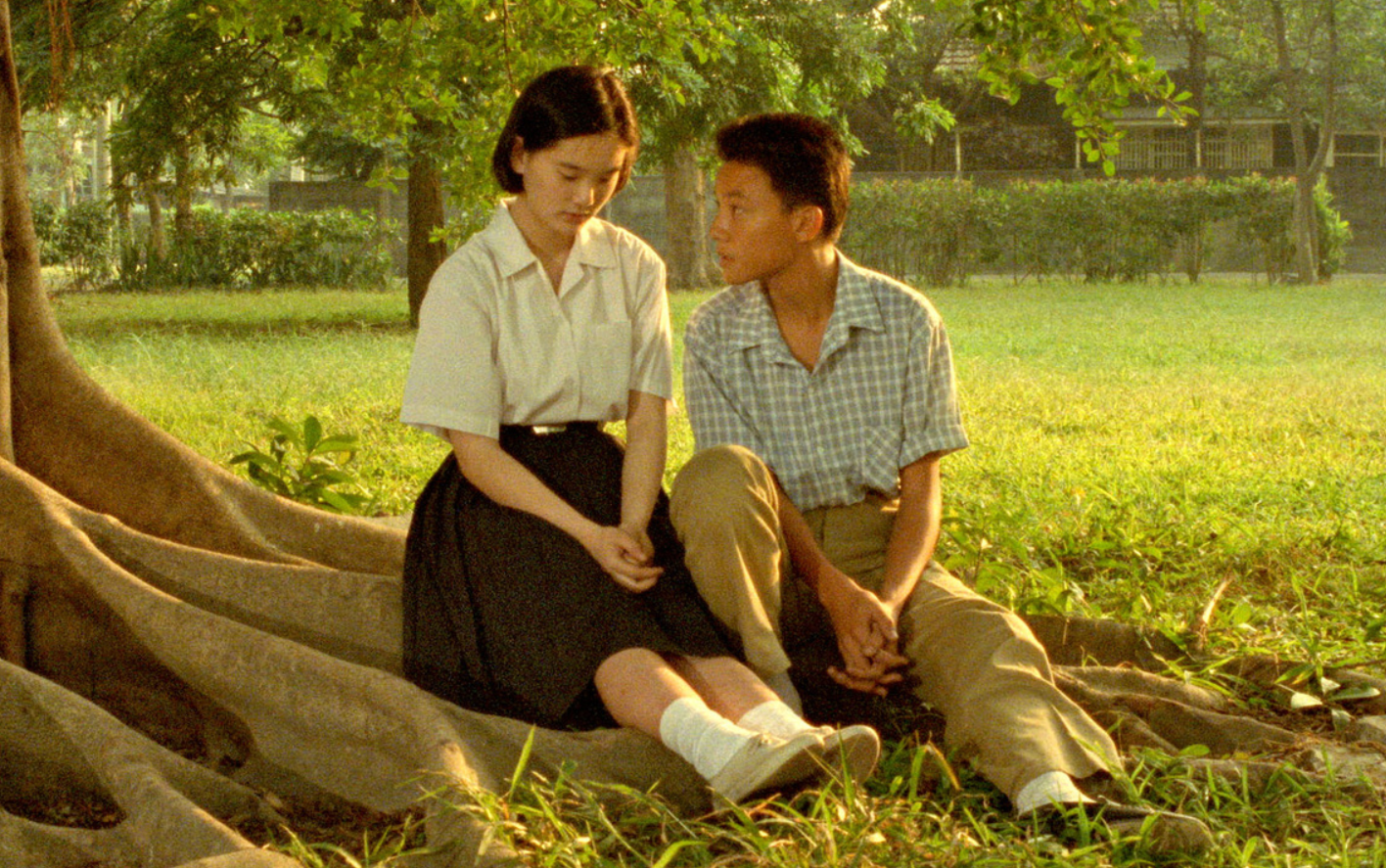
Edward Yang directed this sprawling coming-of-age epic set in 1960s Taiwan. Based on a true story, the film captures the complicated nature of friendship and identity against a backdrop of rapid social change.
Yang’s visual mastery allows viewers to capture human nuances amidst historical uncertainty. The conflicts become an integral part of a story that showcases how beauty and sorrow intertwine. This hidden masterpiece truly reveals deeper truths about the human experience.




